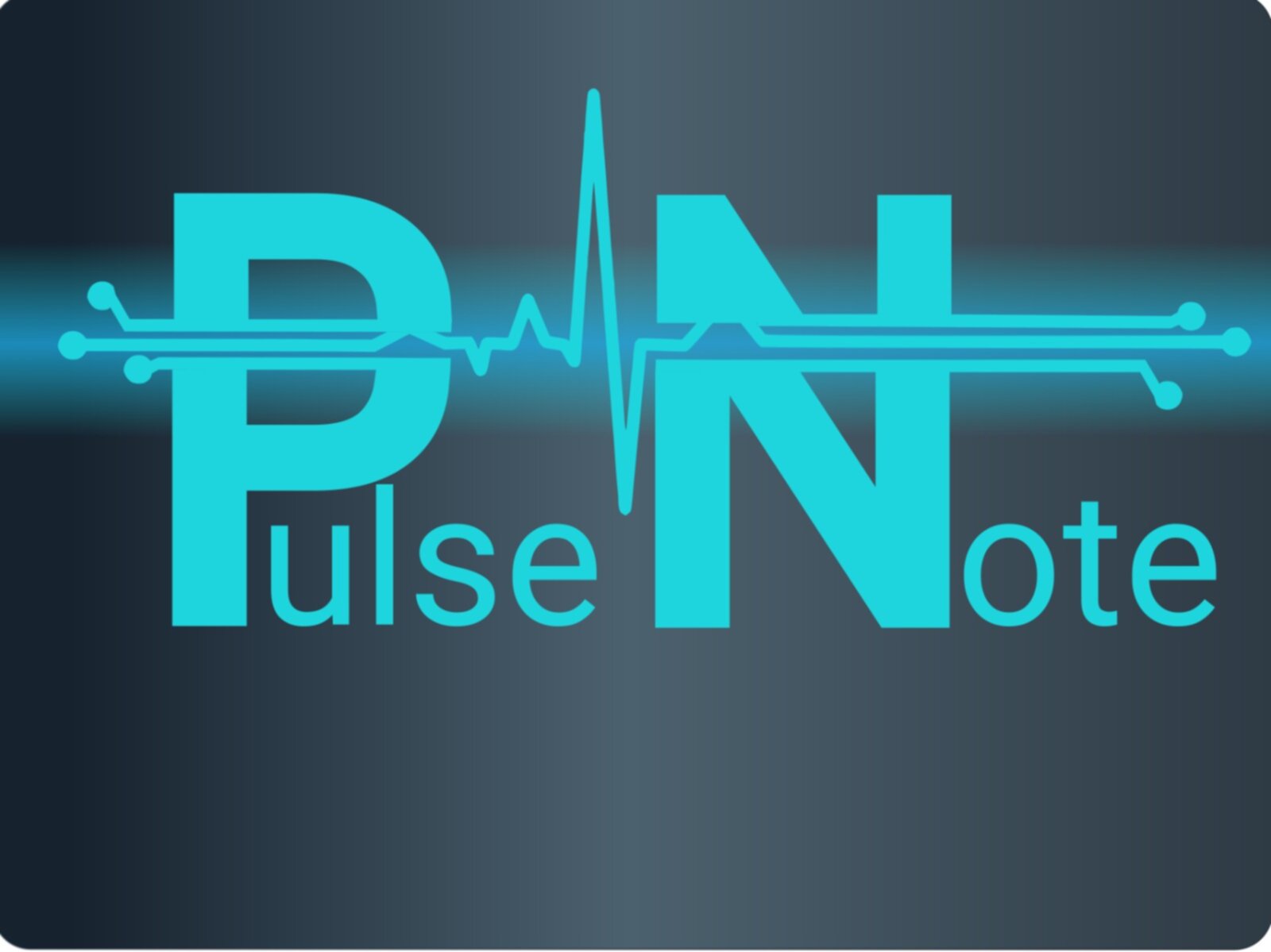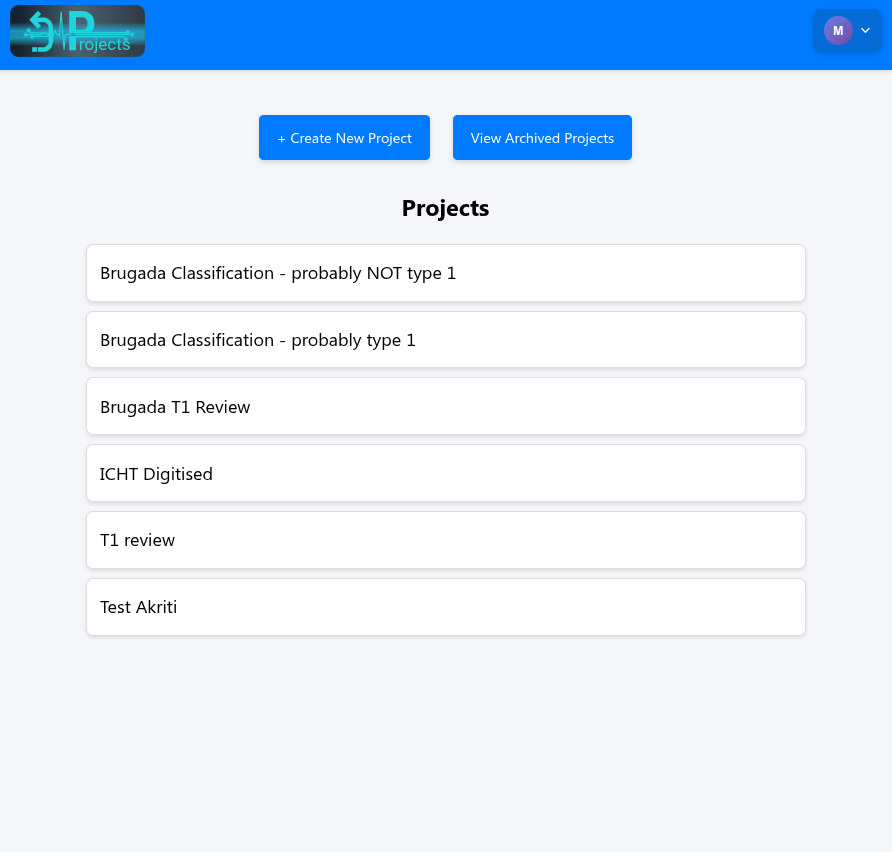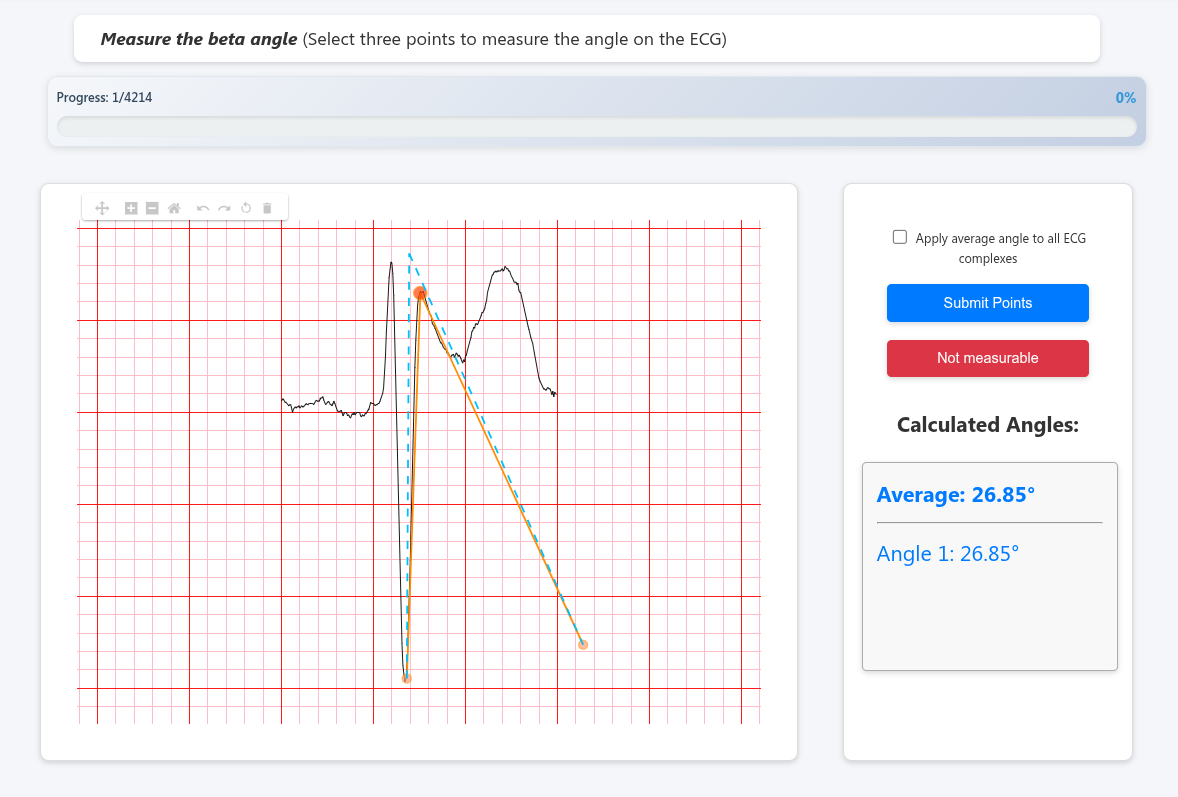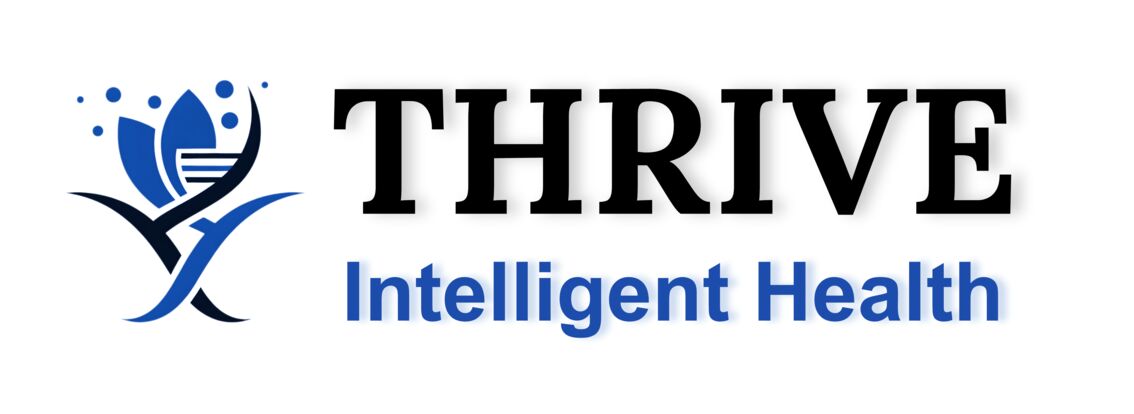PulseNote

Overview
PulseNote is a comprehensive web-based annotation platform designed for physiological time series signal analysis, with a primary focus on electrocardiogram (ECG) data labelling. The platform addresses the critical infrastructure gap in collaborative bio-signal annotation, enabling researchers and clinicians to efficiently create high-quality datasets for machine learning applications.
Key Features
Multi-Modal Signal Support
- Native support for multiple signal formats (WFDB, EDF, JSON, CSV)
- Flexible data import and export capabilities
- Compatible with standard physiological signal databases
Collaborative Annotation
- Real-time multi-user collaboration
- Role-based access control (Administrator, Privileged, Normal)
- Conflict resolution mechanisms for concurrent annotations
- User authentication and project management
Versatile Annotation Types
- Point-based annotations: Mark specific events or features
- Interval selection: Label temporal segments
- Angle measurement: Quantify morphological characteristics
- Region-based annotations: Define complex patterns
Customizable Layouts
Seven specialized visualization layouts optimized for different annotation tasks:
- Standard multi-lead view
- Single-lead focused view
- Comparison view for multiple signals
- Feature extraction view
- And more…
Interactive Visualization
- Zoomable, scrollable signal plots using Plotly.js
- High-performance rendering for long-duration recordings
- Responsive design for various screen sizes
- Touch screen support (in development)
AI Integration (in development)
- Display machine learning model predictions
- Interactive learning environment for clinician training
- Active learning workflows for efficient annotation
- Model verification and validation support
Quality Assurance
- Inter-rater reliability assessment tools
- Automated consistency checking
- Expert review workflows for challenging cases
- Annotation versioning and history tracking
Current Deployment
PulseNote is actively supporting multiple research projects with Multiple clinical research teams collaborating.

Use Cases
Clinical Research
- Rare cardiac arrhythmia detection (Brugada syndrome, Long QT)
- ECG feature extraction and validation
- Multi-center data collection and standardization
Machine Learning Development
- Dataset curation for deep learning models
- Active learning and model-in-the-loop annotation
- Ground truth validation for AI systems
Medical Education
- Interactive ECG interpretation training
- Comparison of expert and AI interpretations
- Wiki framework for educational resources
Technical Architecture
- Frontend: Pure JavaScript with Plotly.js for visualization
- Backend: Flask REST API with WebSocket support
- Database: MongoDB for flexible schema management
- Authentication: Firebase framework
- Future Migration: Django backend, Svelte frontend (planned)
Annotation Workflows
Point Selection
Precise R-peak detection and landmark annotation
Interval Labelling
Temporal segment annotation for arrhythmia episodes
Angle Measurement
Quantitative morphology assessment (β angle measurement for Brugada patterns)

Getting Started
For Researchers
- Create a project with custom annotation schema
- Upload your signal data in supported formats
- Invite collaborators with appropriate access levels
- Begin annotation with built-in quality controls
- Export labeled datasets for analysis
For Clinicians
- Access assigned projects through secure login
- Review interactive signal visualizations
- Apply clinical expertise for accurate labelling
- Compare interpretations with AI predictions
- Participate in expert review workflows
Educational Features
- Interactive Guide: Step-by-step tutorials for new users
- Wiki Framework: Upload and share educational documents
- User-Friendly Interface: Intuitive design based on clinician feedback
- Iterative Improvements: Regular updates based on user needs
Performance Metrics
Based on usability testing:
- Average loading time: 0.13 minutes per 10-second ECG segment
- User satisfaction: High ratings for interface intuitiveness
- Collaboration efficiency: Significant reduction in annotation time through multi-user workflows
Roadmap
Near-Term Enhancements
- Automated quality checking algorithms
- Batch processing capabilities
- Enhanced touch screen support
- Advanced statistical reporting
Long-Term Vision
- Integration with learning frameworks
- Support for additional biosignal types (EEG, EMG)
- Cloud-native architecture for scalability
- Mobile application development
Research Impact
PulseNote is actively supporting:
- PhD research in AI-based arrhythmia detection
- Multi-institutional collaborative studies
- Advancement of rare disease research through efficient dataset creation
Community and Support
PulseNote is developed as part of THRIVE is a broader research initiative to advance AI applications in cardiac electrophysiology. The platform emphasizes:
- Open collaboration across institutions
- Standardized annotation protocols
- High-quality dataset creation
- Reproducible research practices
Contact and Collaboration
For access, collaboration opportunities, or technical inquiries, please contact the research team.
PulseNote - Advancing biosignal research through collaborative, intelligent annotation

